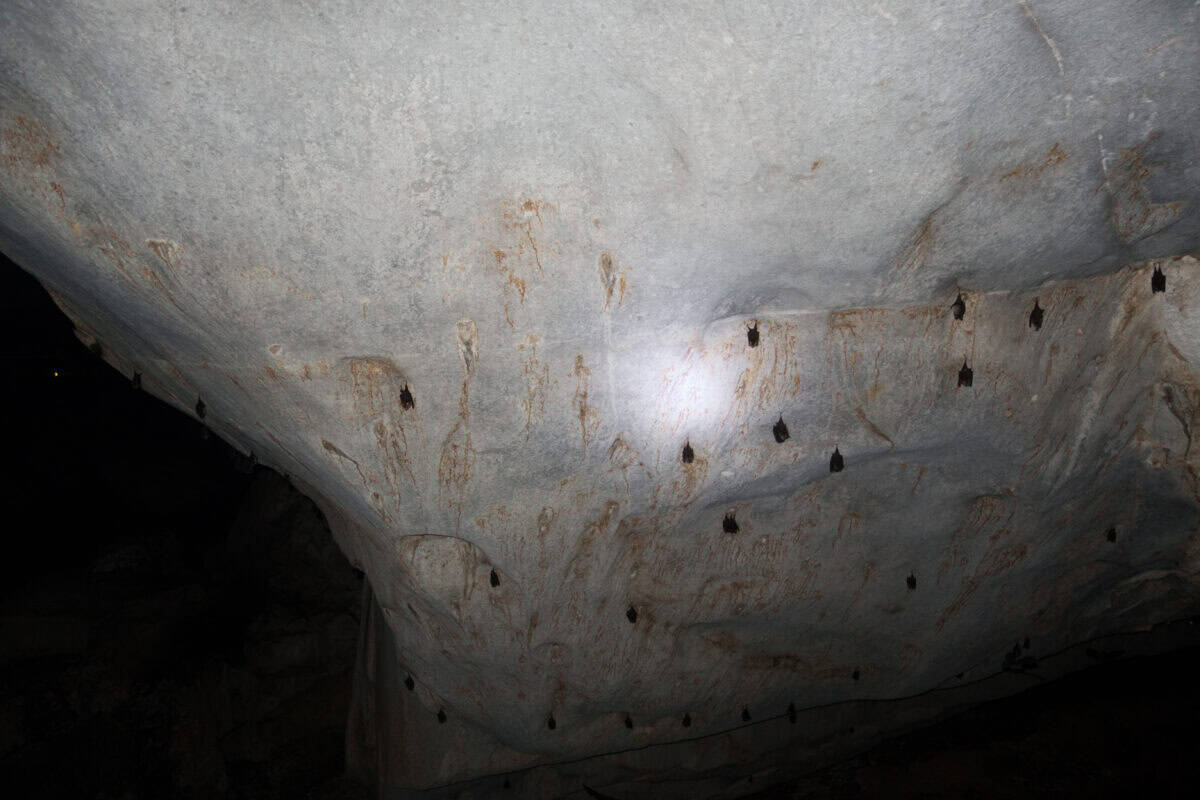Deep within the lush rainforests of Borneo lies a network of caves that have recently yielded extraordinary scientific discoveries. These limestone caverns, home to millions of bats, have become natural laboratories where researchers have uncovered remarkable insights into biodiversity, disease ecology, and evolutionary biology. The findings from these Bornean bat caves are revolutionizing our understanding of these flying mammals and their critical role in maintaining ecosystem health. From new species identification to potentially groundbreaking medical applications, the bat caves of Borneo continue to surprise and enlighten the scientific community in ways that extend far beyond their dark, mysterious confines.
The Geological Marvel of Borneo’s Bat Caves
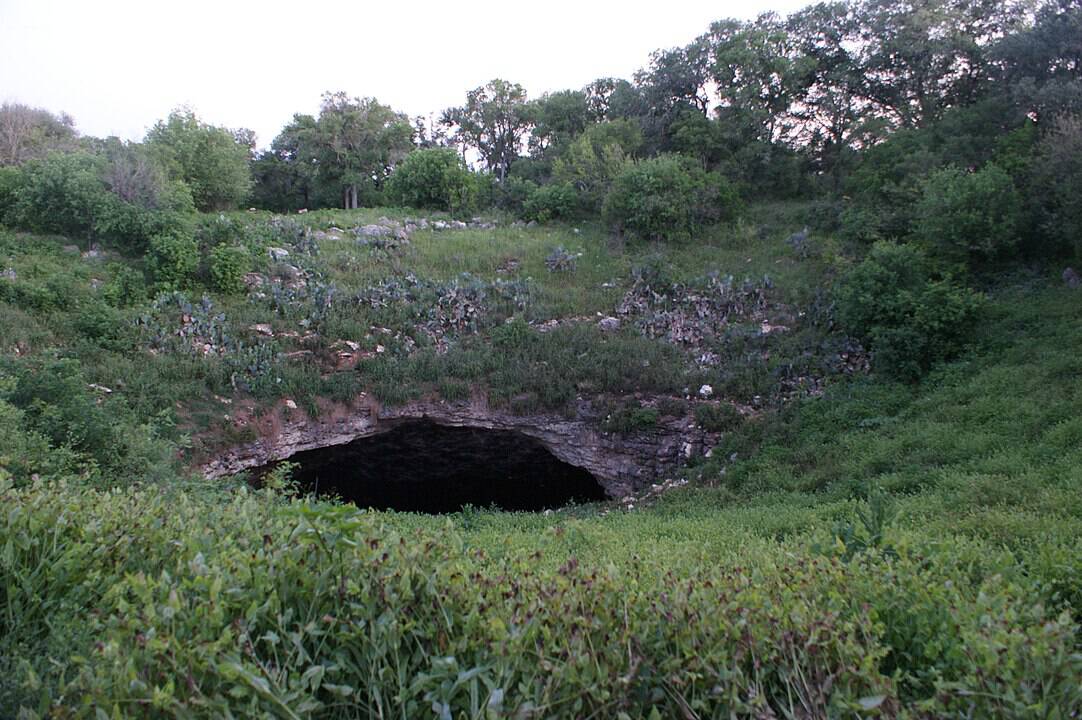
Borneo’s bat caves represent some of the most extensive karst cave systems in Southeast Asia. Formed over millions of years through the dissolution of limestone by slightly acidic water, these caves create a perfect habitat for bats. The most famous of these is Deer Cave in Gunung Mulu National Park, which houses one of the world’s largest cave passages at over 2 kilometers in length and 174 meters in height. Scientists have determined that these cave systems are between 17 and 40 million years old, with their unique microclimates providing stable environments that have allowed bat colonies to thrive for countless generations. The constant temperature and humidity within these caves create ideal roosting conditions, while the surrounding rainforest provides abundant food sources for the resident bat populations.
Unprecedented Bat Biodiversity
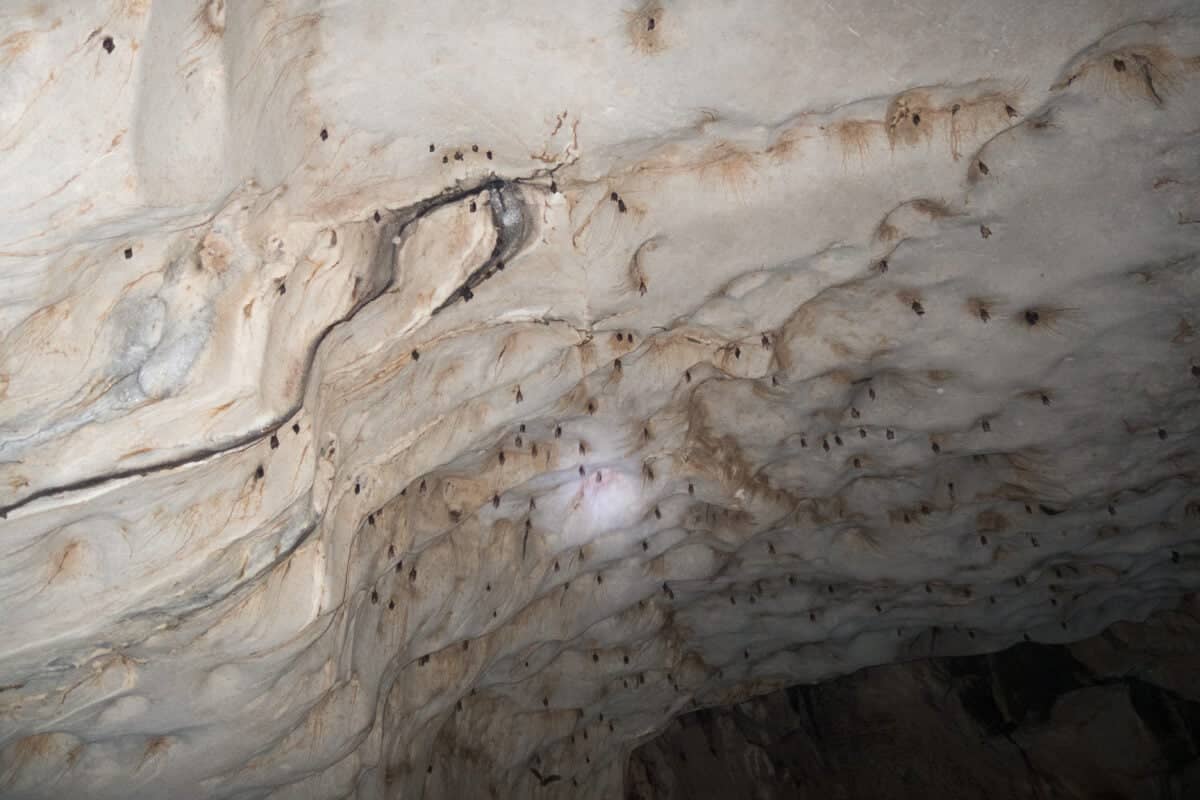
One of the most significant discoveries in Borneo’s bat caves has been the extraordinary diversity of bat species living in close proximity. Recent surveys have documented over 60 species of bats on the island, representing approximately 5% of all known bat species worldwide. In a single cave system in Sabah, researchers identified 12 different species coexisting in various niches within the same cave. This level of biodiversity is unparalleled in most other ecosystems and has provided scientists with valuable insights into how closely related species can evolve to occupy different ecological roles while sharing the same general habitat. The discovery of this remarkable biodiversity hotspot has led to increased conservation efforts to protect these unique ecological communities from threats such as limestone quarrying and tourism development.
The World’s Smallest Mammal
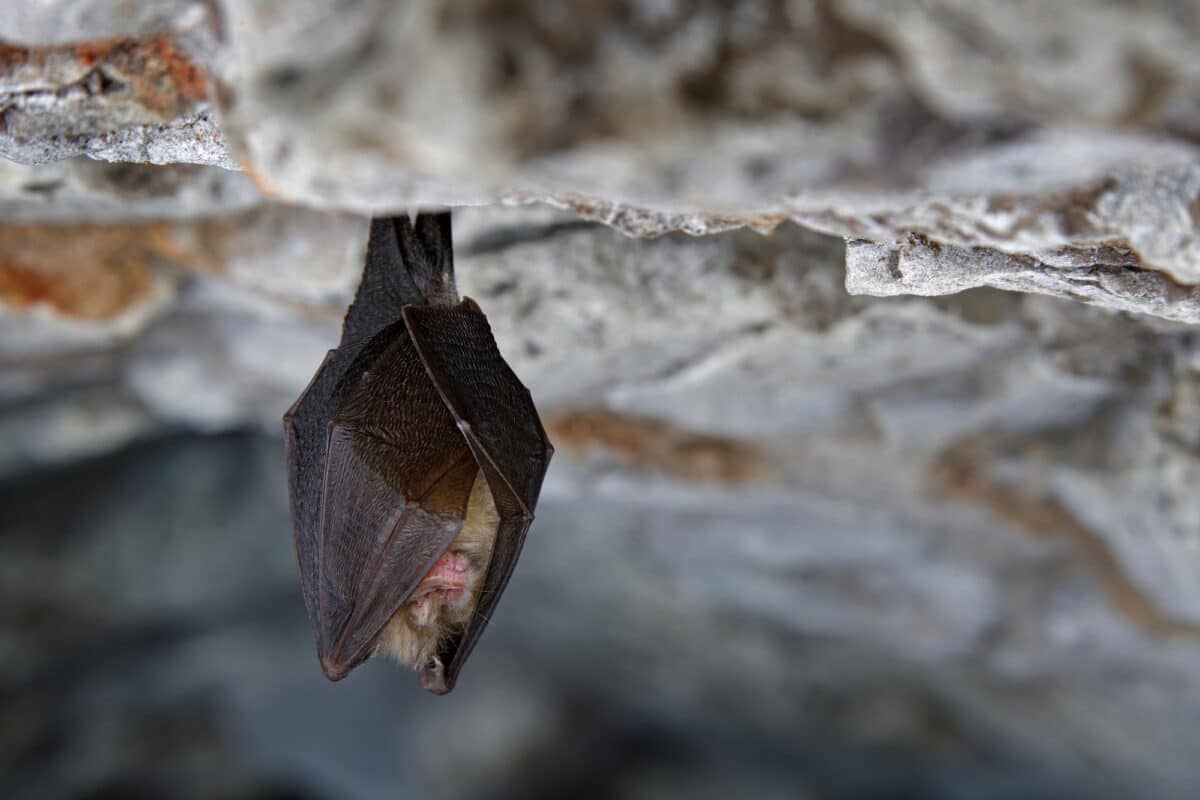
Perhaps one of the most fascinating discoveries in Borneo’s bat caves was the confirmation of the Kitti’s hog-nosed bat (Craseonycteris thonglongyai) as the world’s smallest mammal. Weighing just 2 grams—about the weight of a penny—these diminutive bats measure only 29-33 millimeters in length. Originally thought to exist only in Thailand, scientists were stunned to discover isolated populations in specific Bornean caves in 2012. This finding has significant implications for understanding the evolutionary history and biogeography of bats across Southeast Asia. Researchers are now studying how these tiny mammals evolved their miniature size as an adaptation to their specific ecological niche, feeding primarily on the smallest insects that larger bat species ignore.
Guano Ecosystems and Microbiome Discoveries

The massive accumulations of bat guano (feces) within Borneo’s caves have created entirely unique ecosystems that scientists are only beginning to understand. Recent microbiome analyses of these guano piles have identified over 400 previously unknown bacterial species with potential applications in biotechnology. Some of these microorganisms possess remarkable abilities to break down complex organic compounds at unprecedented rates. In 2019, researchers isolated a bacterium capable of degrading certain types of plastic polymers, offering potential solutions for environmental pollution. Additionally, the guano ecosystems support complex food webs of invertebrates, many of which are found nowhere else on Earth. These highly specialized communities represent an important frontier in understanding how organisms adapt to extreme environments with limited resources.
Novel Virus Reservoirs

Borneo’s bat caves have become critical sites for understanding the role of bats as reservoirs for viruses. While this research has taken on new urgency following the COVID-19 pandemic, scientists have been studying the unique immune systems of bats in these caves for over a decade. They’ve discovered that many bat species carry coronaviruses and other potential zoonotic pathogens without showing symptoms of disease. A 2018 study identified 48 previously unknown viruses in Bornean bat populations, including several related to human pathogens. Rather than viewing this as alarming, researchers see it as an opportunity to understand how bats coexist with these viruses, potentially offering insights for human medicine. The unique anti-inflammatory responses observed in certain Bornean bat species may hold clues for treating viral infections in humans.
Extreme Longevity and Anti-Aging Research

One of the most promising discoveries from Borneo’s bat caves relates to the extraordinary longevity of certain bat species. Scientists have documented Bornean horseshoe bats (Rhinolophus borneensis) living over 30 years in the wild—a remarkable lifespan for mammals of their size, which typically live only a few years. Genetic analysis of these long-lived bats has revealed unique cellular repair mechanisms and telomere maintenance that may contribute to their extended lifespans. Researchers have identified specific genes that appear to protect against the cellular damage typically associated with aging. In 2020, a collaborative team of scientists extracted compounds from the saliva of these bats that showed potential for protecting human cells against oxidative stress. This research could eventually contribute to developing therapies for age-related human diseases.
Acoustic Discoveries and Echolocation Innovation
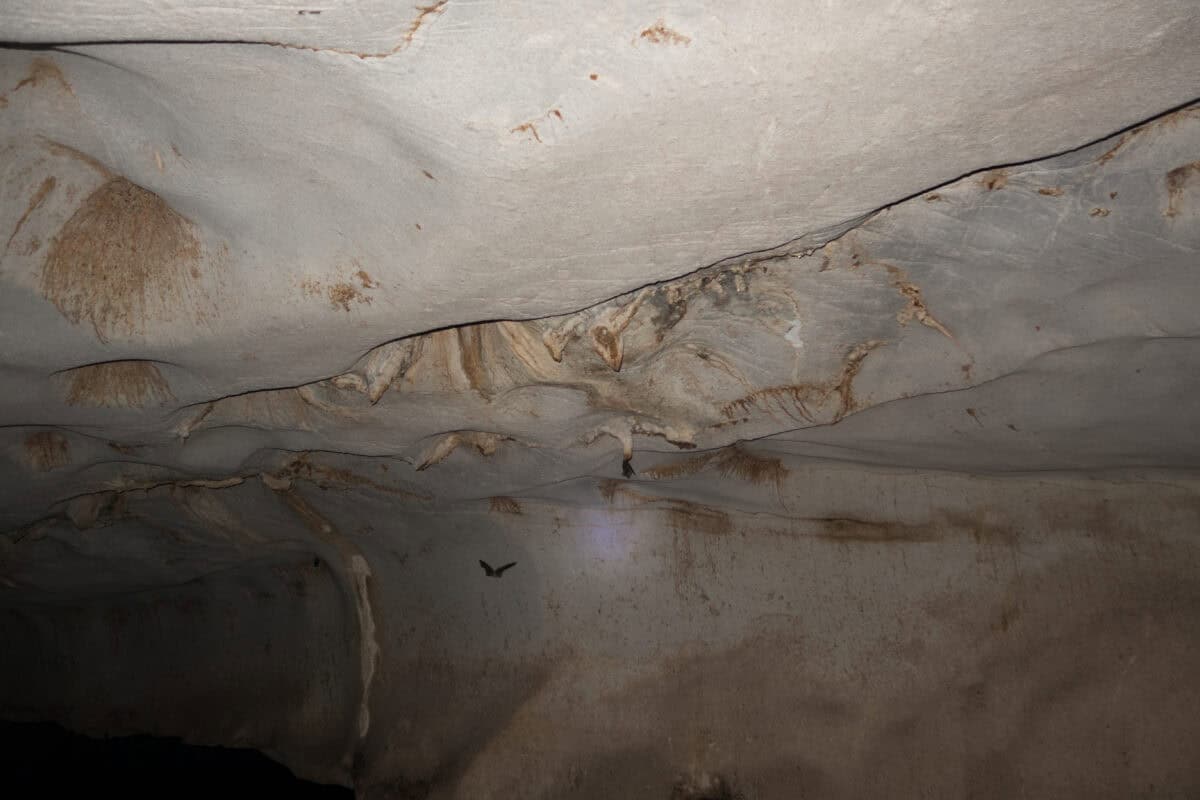
The complex acoustic environment of Borneo’s bat caves has led to remarkable adaptations in bat echolocation calls. Using advanced recording equipment, scientists have documented unprecedented diversity in the echolocation frequencies used by coexisting bat species. Some species have been discovered using “whisper echolocation”—incredibly faint calls that allow them to detect prey without alerting the insects to their presence. Others use frequency modulation techniques previously unknown in mammals. In 2021, researchers discovered a species that can adjust its echolocation frequency in real-time based on the ambient noise in the cave, similar to how humans might change their speaking volume in a noisy restaurant. These discoveries are not only expanding our understanding of bat sensory capabilities but also inspiring new technologies in sonar design, autonomous vehicle navigation, and acoustics.
Ancient Archaeological Treasures
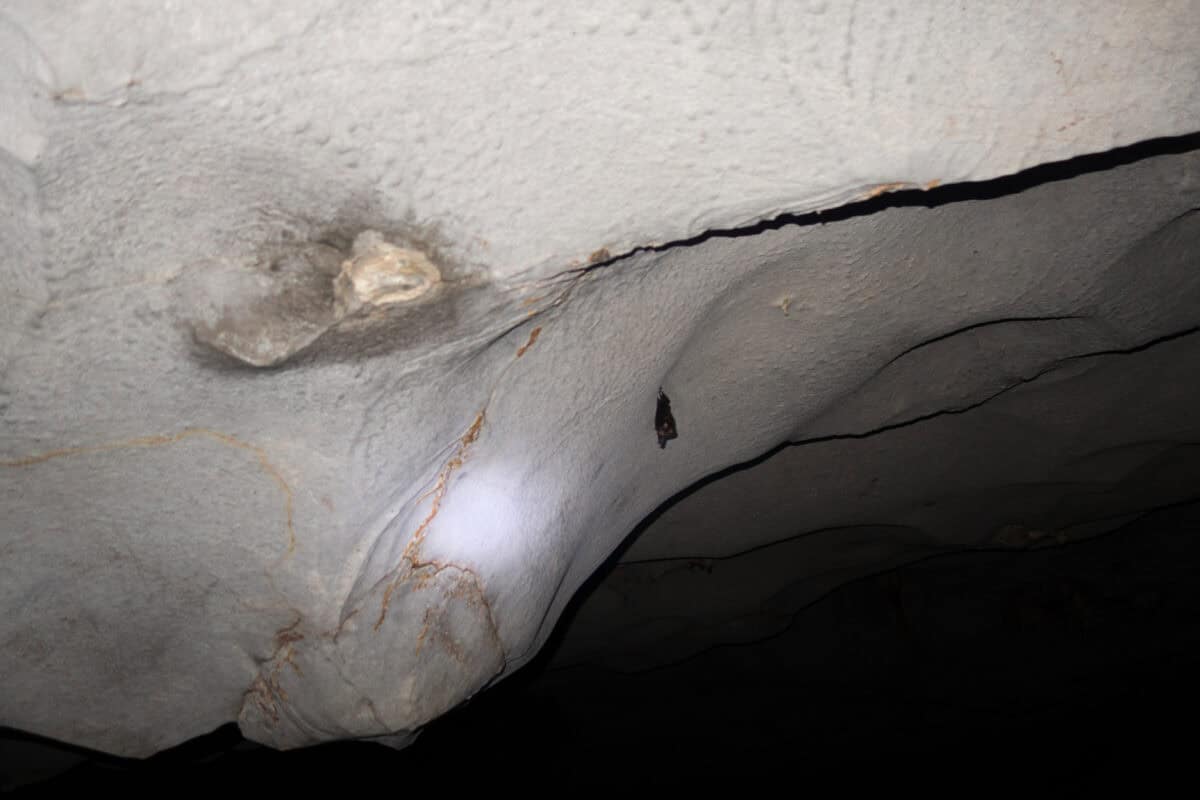
Beyond biological discoveries, Borneo’s bat caves have yielded remarkable archaeological findings. Protected from the elements by the stable cave environment and preserved by minerals in the limestone, artifacts dating back over 35,000 years have been discovered in several cave systems. In 2017, archaeologists found cave paintings depicting hunting scenes that are among the oldest figurative art in Southeast Asia. The preservation of these artifacts has been aided by the presence of bat colonies, whose guano creates chemical conditions that can help preserve organic materials. Remains of ancient human settlements found in cave entrances suggest these locations have been important to human populations for millennia, likely in part because of the predictable emergence of bats that could be hunted for food. These findings are reshaping our understanding of early human migration and settlement patterns across Southeast Asia.
Ecological Engineering by Bats

Scientists studying Borneo’s bat caves have revealed the profound ecological impact these animals have on the surrounding rainforest. A single colony of 3 million wrinkle-lipped bats (Chaerephon plicatus) can consume over 30 tons of insects each night, significantly controlling pest populations that would otherwise damage forest vegetation. Additionally, the guano that accumulates outside cave entrances enriches the soil with essential nutrients, creating hotspots of plant diversity. Researchers tracking nutrient flows have discovered that areas surrounding bat caves support up to 50% higher plant species richness compared to similar habitats further from caves. This has led to the recognition of bats as “ecological engineers” that fundamentally shape forest composition and health. Conservation efforts now increasingly focus on protecting not just the caves themselves but the surrounding habitats that support these keystone species.
Unique Physiological Adaptations

Studies in Borneo’s bat caves have uncovered remarkable physiological adaptations that allow bats to thrive in these environments. Recent research has focused on the extraordinary heat tolerance of certain species that roost in the hottest sections of caves, where temperatures can exceed 40°C (104°F) with near 100% humidity. Scientists discovered that these bats possess specialized heat shock proteins that protect their cellular structures from damage. Additionally, some cave-dwelling Bornean bat species have evolved enhanced respiratory systems that allow them to survive in low-oxygen environments deep within cave systems. Their hemoglobin shows unique modifications that increase oxygen binding efficiency by up to 40% compared to other mammals. These adaptations not only demonstrate the remarkable evolutionary plasticity of bats but also offer potential applications in medical research, particularly for conditions involving oxygen deprivation or heat stress.
Conservation Challenges and Discoveries

The scientific exploration of Borneo’s bat caves has highlighted critical conservation challenges. Recent monitoring has revealed concerning population declines in several cave-dwelling bat species, with some colonies decreasing by as much as 30% over the past decade. Causes include habitat loss, cave disturbance from unregulated tourism, and limestone quarrying that destroys entire cave systems. However, these conservation challenges have spurred innovative research approaches. Scientists have developed new, minimally invasive monitoring technologies, including automated acoustic recorders and thermal imaging systems that can accurately census bat populations without disturbing them. Conservation geneticists have discovered that certain bat populations show remarkably low genetic diversity, making them particularly vulnerable to environmental changes and diseases. These findings have informed the development of comprehensive conservation strategies that balance human activities with bat protection, including the establishment of buffer zones around key cave systems and specific flight corridors between caves and feeding grounds.
Conclusion: The Continuing Impact of Borneo’s Bat Cave Discoveries

The scientific exploration of Borneo’s bat caves represents one of the most productive natural laboratories in modern biodiversity research. From the discovery of the world’s smallest mammal to the identification of novel microorganisms with biotechnological applications, these caves continue to yield findings that extend far beyond their dark confines. The unique adaptations observed in cave-dwelling bats offer promising avenues for medical research in areas ranging from antiviral treatments to anti-aging therapies. Perhaps most importantly, the research conducted in these caves has highlighted the ecological importance of bats and the urgent need for their conservation. As scientists continue to explore these remarkable ecosystems, Borneo’s bat caves stand as powerful reminders of how much remains to be discovered in the natural world and how such discoveries may ultimately benefit both human society and environmental conservation efforts.
- The Only Mammal That Can Breathe Through Its Skin - August 19, 2025
- How to Win Over Judges in Dressage Competitions - August 19, 2025
- Is There Hope for the Critically Endangered Amur Leopard? - August 19, 2025

